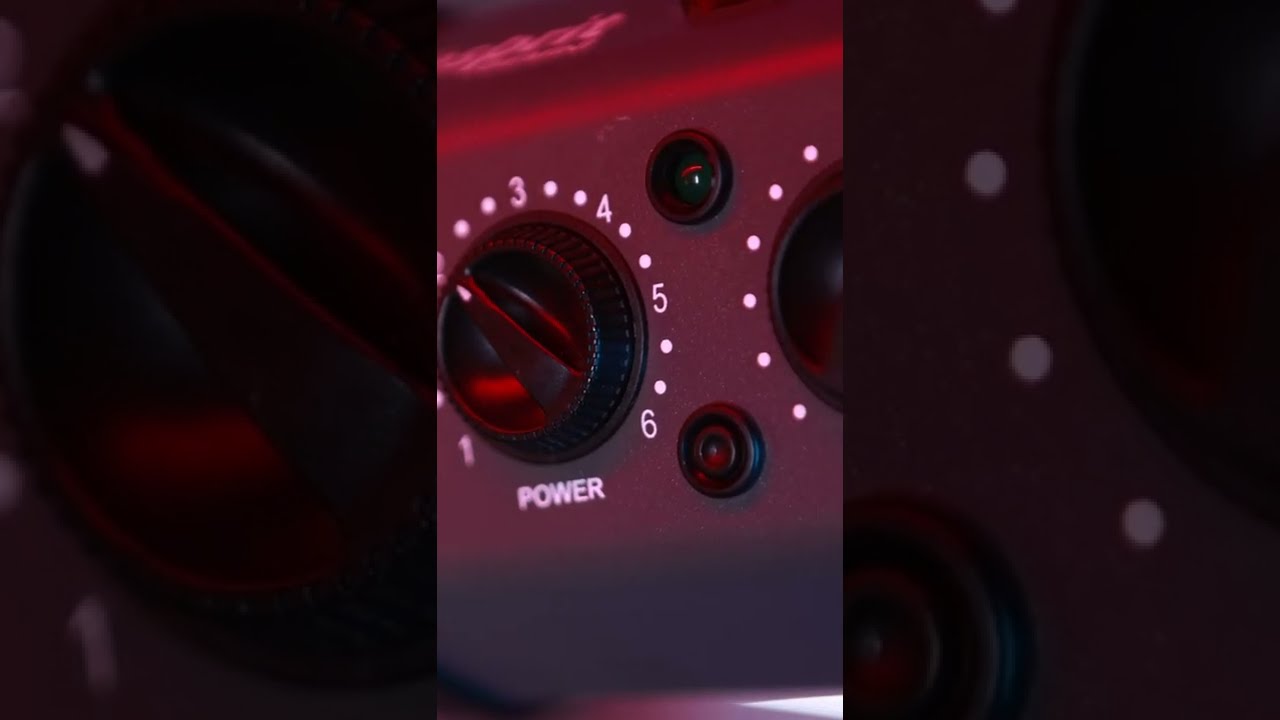Bowens Esprit, a workhorse that just keeps on galloping!
Episode 4 of 1 minute 101's v2
An introduction to the Bowens Esprit, a workhorse that just keeps on galloping!
I'm reposting some old studio lighting blogs from my old site host on to the new one, as they may help those new to studio photography. I actually had a conversation just the other day with a client that covers things featured in these videos, so hopefully these will find you well, and that I don't find them too cringe while putting these blogs back together
Luckily for you, this blog can be quite a short and sweet one given I've covered a bit of Bowens history already in the first few, so If you've missed out there, you can check them out via the 'related' blogs below this post. And also, as Bowens were such players in the industry, and hopefully will be for a long time to come, their manuals are easy to find online, so under the video below, I've linked up the ones that we use here at Splash Point Photo photography studio - this should save you from being subjected to me rambling too much, or a crude diagram in a gallery. As I've stated throughout however, the basics across all strobes are pretty standard, they just may be labelled different as different brands like their own terminology, or simply just have a funkier looking dial.
Having said all that, the only Bowens strobe light I've had fail me so far is the Gemini GM250R, which ironically is newer, whereas ours are the older Esprit strobes, which just seem to keep going. I've read similar online elsewhere too! Digital strobes have more tech to go wrong, and often times, it's tech that isn't needed for every day non-specialist use. As outlined in the video, some Bowens (including older ones that we have here) can run off an external power packs too, but equally they can be plugged in to a socket, so you'll need to toggle the switch the correct way in order to power them up. And now, this seems like a good time for a jargon buster! If a strobe light doesn't rely solely on an external battery pack, it may also be referred to as a monohead or monoblock, which, as the name suggests, means it can run independently of others.
What I particularly love about the Bowens Esprit, is in their fuse hatch (if that's what you want to call it), where there's room to stash a spare fuse too, as seen in this here manual of the Esprit GM250.
And here's the manual for the Esprit 500
